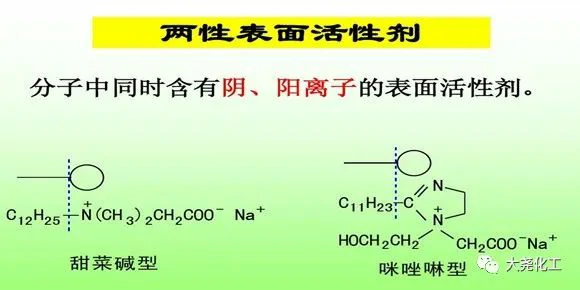The HLB value of surfactants is related to their applications: surfactant molecules are amphiphilic molecules with both hydrophilic and lipophilic groups, and different types of surfactants have different hydrophilic and lipophilic groups, and their hydrophilicity and lipophilicity are different. The hydrophilicity of surfactants can be measured by the hydrophilic and lipophile balance values (HLB), which is a relative value indicating the hydrophilic size of surfactants. Translated with www.DeepL.com/Translator (free version)
The HLB value of a surfactant directly affects its properties and applications. In the application, surfactants with different HLB values are selected according to different application areas and application objects. For example, in emulsification and decontamination, the surfactant with the appropriate HLB value is selected according to the polarity and temperature of the oil or dirt.
Different types of surfactants may have different HLB values, and according to the needs of applications, products with different HLB values can be obtained by changing the molecular structure of surfactants. For ionic surfactants, the HLB value can be adjusted by increasing or decreasing the carbon number of lipophilic groups or changing the type of hydrophilic groups; for nonionic surfactants, the HLB value can be finely adjusted by increasing or decreasing the chain length of ethylene oxide attached to certain lipophilic groups or the number of via groups. The HLB value of surfactants can be calculated or measured. The HLB values of common surfactants can be found in relevant manuals or publications.
2. Relationship between surfactant solubility and temperature: The solubility of ionic surfactants in water at low temperature is generally small. If the concentration of surfactant in aqueous solution is increased and saturation is reached, the surfactant will precipitate out of water. However, if the aqueous solution is heated, the solubility will increase, and when a certain temperature is reached, the solubility of surfactant in water will suddenly increase. The temperature point at which the solubility of surfactant in water suddenly increases is called the Krafft point, also known as the critical dissolution temperature. This temperature is equivalent to the solubility point of water and solid surfactants, so the critical solubility temperature is a characteristic constant for various ionic surfactants and increases with the growth of hydrocarbon chains.

In contrast, non-ionic surfactants (especially polyethylene glycol type) are easily miscible with water at low temperatures, and when the solution is heated to a certain temperature, the surfactant will precipitate and stratify, and the transparent solution will suddenly become cloudy. This process is reversible. When the temperature reaches the cloud point, an emulsion is formed, and when the temperature drops, the clear solution reappears. The cloud point is a characteristic constant for non-ionic surfactants.
The reason why polyethylene glycol surfactants have cloudy spots is that the hydrophilicity of polyethylene glycol nonionic surfactants is achieved by the formation of hydrogen bonds between the ether bonds in the hydrophilic group and water. The hydrogen bonds are loosely bonded and unstable, and are greatly affected by temperature. When the temperature is raised, the movement of molecules intensifies and reaches a certain level, the hydrogen bonds will break and the dissolved surfactant will precipitate out and the solution will become turbid; when the temperature is lowered to below the cloud point, the hydrogen bonds will be restored and the solution will become transparent again.
*Disclaimer: The content contained in this article comes from the Internet, WeChat public numbers and other public channels, and we maintain a neutral attitude toward the views expressed in the article. This article is for reference and exchange only. The copyright of the reproduced manuscript belongs to the original author and the institution, and if there is any infringementPlease contact Jetson Chemical for deletion
